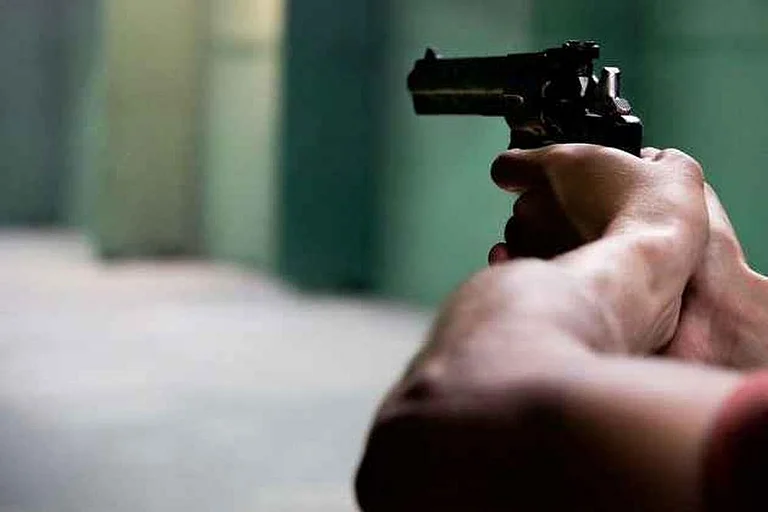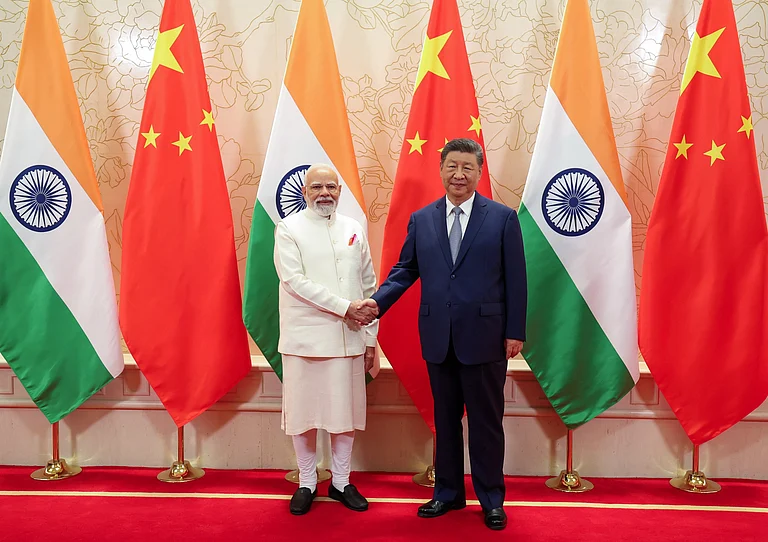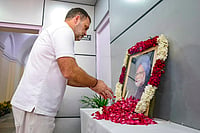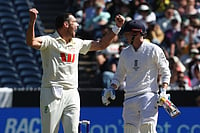Gen Pervez Musharraf is no stranger to these situations. He had to hold his own, vocally, during the reign of an all-powerful premier like Nawaz Sharif. Now, even as helmsman, hes being compelled to spell out clearly whos in charge. In the first instance, post-Kargil last year when tensions between him and Sharif were at their peak, people were taken aback when Musharraf told the media that he would be around to complete his tenure as chief of army staff.
Its little different now. Once again, he had to tell the media, "I am in charge and, in the military, there is unity of command". But what prompted him to state something that should have been obvious? Musharraf clarified: "Theres a deliberate misinformation campaign, into which a lot of money is being pumped, which is worse from the military point of view." By way of rebuttal, he added hed never felt more comfortable and everyone in the army was on board.
Then came the sacking of the chief justice and six of the 13 judges of the Supreme Court. Along with some high court judges, they had refused to take fresh oath under a provisional constitution designed to protect the military against legal action. The sense of tranquility stood marred. The fact that after 100 days in power, Musharraf is immobilised by internal and external pressure was best summed up in a cartoon in The Frontier Post. Hes shown playing cricket and the scoreboard says "100 balls. No run".
There is no smoke, they say, without fire. Selig Harrison of the Century Foundation, in a Los Angeles Times article, has summed up all the speculation about differences in the upper echelons of the army. Harrison may not be completely off the mark but it remains to be seen how Washington and Islamabad interpret these differences.
Defence expert Shirin Mazari pooh-poohs them: "Even if there are differences, when the organisational interests of the army are at stake, they are put away. I dont give much credibility to what Harrison has to say as hes proved even in the past that hes under Indian influence".
Not everyone agrees. "What was the need to ask the judges to take a fresh oath unless Musharraf wasnt sure of himself and his policies? Just like Zia-ul-Haq (who too got the judiciary to toe an amended statute), Musharrafs turning to the judiciary to rubber-stamp his polices indicates that he is under pressure," says a political analyst.
Attempts to focus on rifts in the army started with Sharif and his wife Kulsoom but was generally ignored by the rest of the Pakistan Muslim League. The Sharifs clearly blamed Musharraf, his number two and chief of general staff Lt Gen Mohammad Aziz, and current ISI director general Lt Gen Mahmood Ahmed as those who had hijacked democracy and gave a clean chit to the rest of the armed forces.
This was a dangerous move, with the potential to divide the army, something Sharif had learnt to do as premier. He nearly pulled it off when he tried to bring in Gen Ziauddin to replace Musharraf on October 12. Its no secret that after the counter-coup, Musharraf had quickly moved in to make some crucial changes in the armed forces.
The first step, says Harrison, involved attempts to move Aziz out and give him a corps to command. (The Inter-Services Public Relations has had plenty of time to rebut this allegation but has so far refrained from doing so.) The second was to ease out Mahmood Ahmed out from the mother of all corps, the 10 Corps in Rawalpindi, and send him to Islamabad to take over the ISI. An army watcher put this in perspective: "As corps commander, 10 Corps, Mahmood Ahmed was supreme in Rawalpindi; at the ISI, hes now subservient to Musharraf as the ISI comes under the chief executive".
Recently, Musharraf also sent his chief of staff, Maj Gen Anis Bajwa, to the UN. The director general, military intelligence, too was replaced. In fact, except for Aziz-who according to Harrison, resisted the transfer-Musharraf ensured that everyone related directly to the October 12 counter-coup had been changed.
To be fair to Musharraf, hes one coas who invites so much debate on any single issue that he tires the participants. At a recent corps commanders meeting, he brought in his governors and cabinet members to deliberate with his commanders. In fact, he has in the initial days held combined meetings of his National Security Council and the federal cabinet so there was collective wisdom on policy matters. Such open discussions are reportedly held during the corps commanders meets also. "I meet the corps commanders every 15 to 20 days, more frequently than in the past. There is unity of command but there is discussion and seeking of advice," Musharraf himself has said.
The differences, if any, can only be related to the pressures the regime faces. First, the midnight move to ask the top judiciary to take fresh oaths, in which many reluctantly stayed home, came immediately after the corps commanders meeting. From within the military, voices have been raised about the manner in which the national accountability bureau (nab) is conducting its affairs. Gen Amjad, who heads nab, is now seeking ways to bring amendments in the nab ordinance, which is being challenged in the Supreme Court and is widely considered a black law.
So what are the immediate policy areas of differences? Besides state polices, Kashmir, CTBT, the handing over of Osama bin Laden and pressures to crack down on the mujahideen are issues over which there could be differences of opinion-on whether to yield or not. The pressure, mounted mostly by Washington, is increasing by the day and there is criticism both within and outside the army that with the tensions on the border, the real need is to see the armed forces defending the borders rather than democracy. "Many feel it would be in the armys interest to find a way out and bring politicians back before the army gets a bad name as in Zia-ul-Haqs day," says an analyst.
Pressures from abroad become more urgent given President Bill Clintons proposed visit to the region. Musharraf is being encouraged to yield in some areas to qualify for a "working lunch" with what some in the foreign office are already calling a "lame duck US president". However, of importance is the battle against Pakistan being fought in the US between the White House and the state department, which have been sharply divided since Kargil. This week, Clinton maintained "we do not have evidence that the Pakistan government was in any way involved in the hijacking (of IC 814)".
Simultaneously, a leak reportedly engineered by the state department warns that Pakistans support to the Harkat-ul-Mujahideen (which they hold guilty for the hijack episode) could lead to Pakistan being tagged a terrorist state. There were also assertions that the group operated covertly and overtly with the support of the Pakistani military and intelligence services.
In the not-so-distant past, when the Kargil crisis was on, the state department and the White House were at odds over whether to bail out Sharif during his Washington visit. Clinton won when he found ways for Sharif to climb down from the icy Kargil slopes and to send a warning to Musharraf about his intentions to roll back democracy.
In the final analysis, then, the differences in the army could only be about the differences on the amount of resistance Pakistan should exercise while bowing down to these threats. Aziz has always been known as the real architect of the Kargil operation while the rest of what followed was commando action. Naturally, Musharraf is going to come under pressure both from within and outside the army if he even attempts to start delivering or appear to be giving in on any of the areas of differences. And the consequences could be dangerous.





















